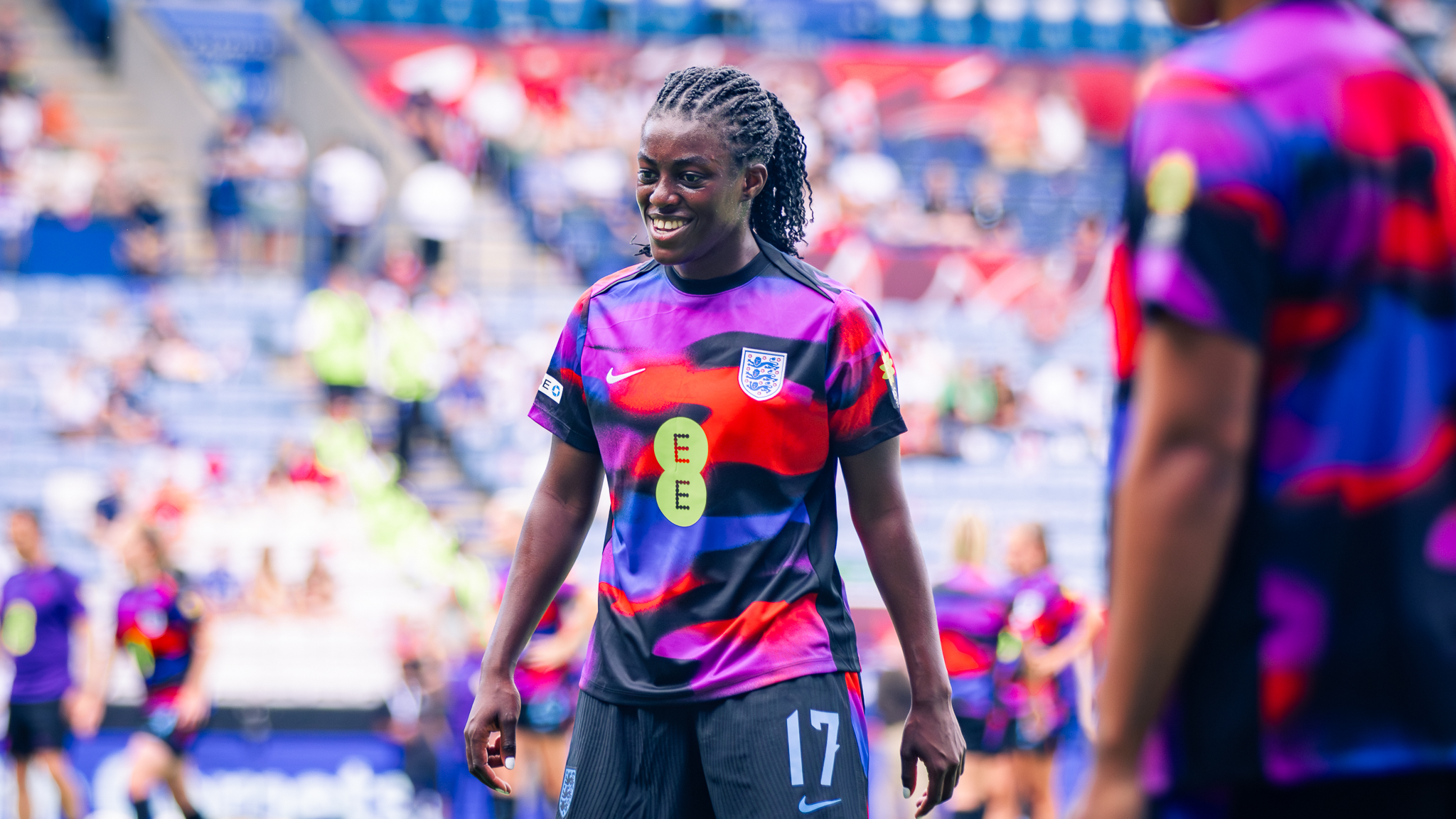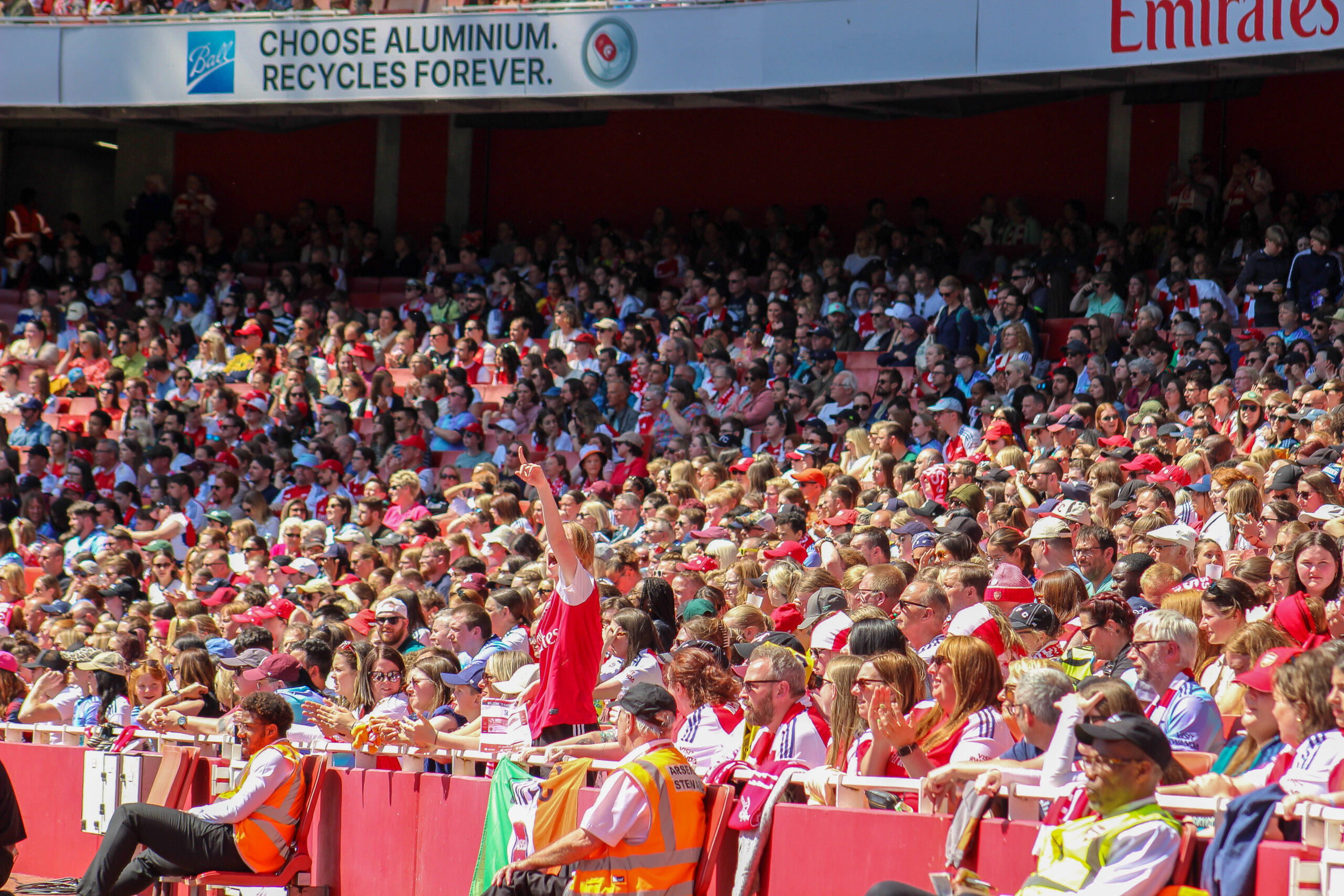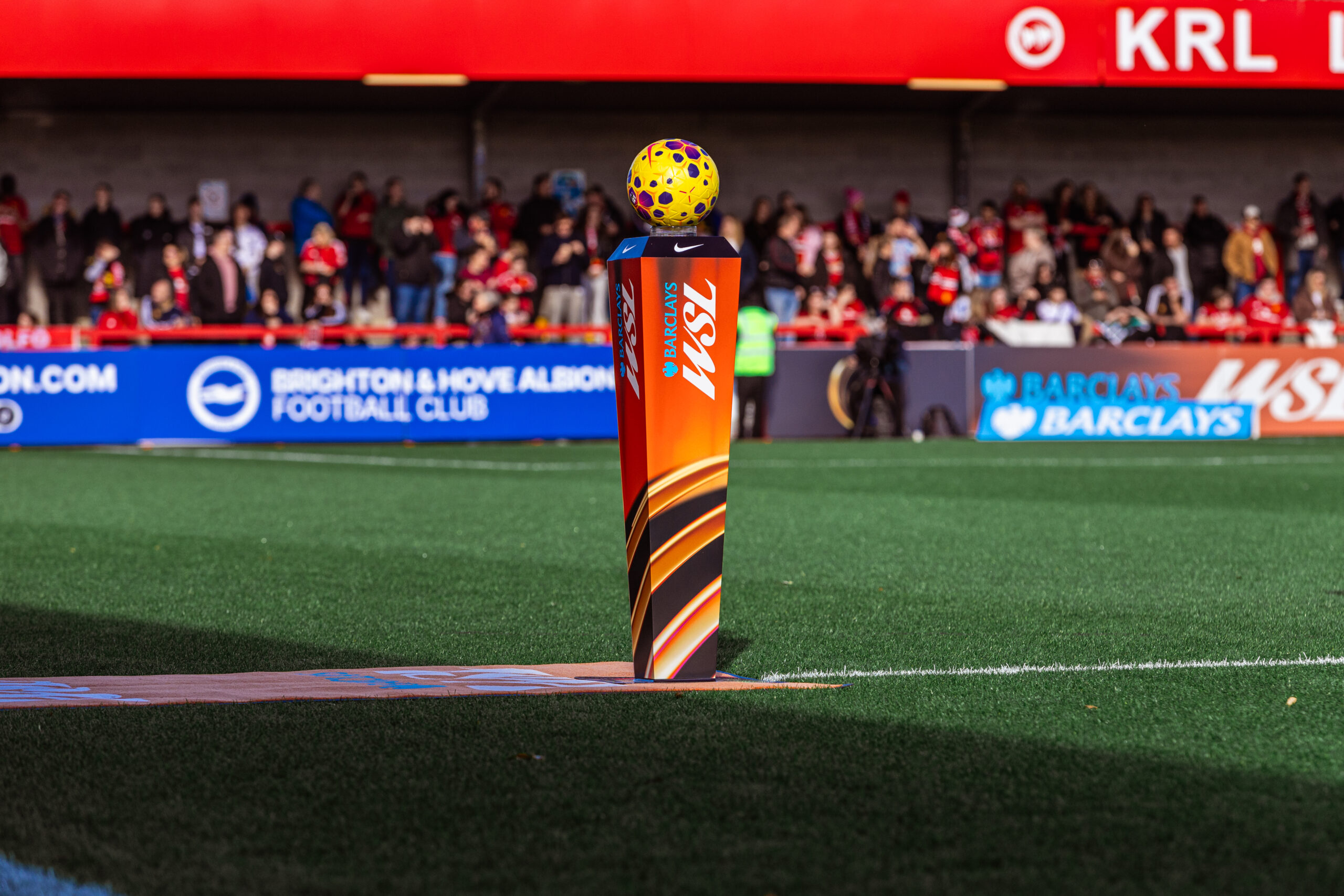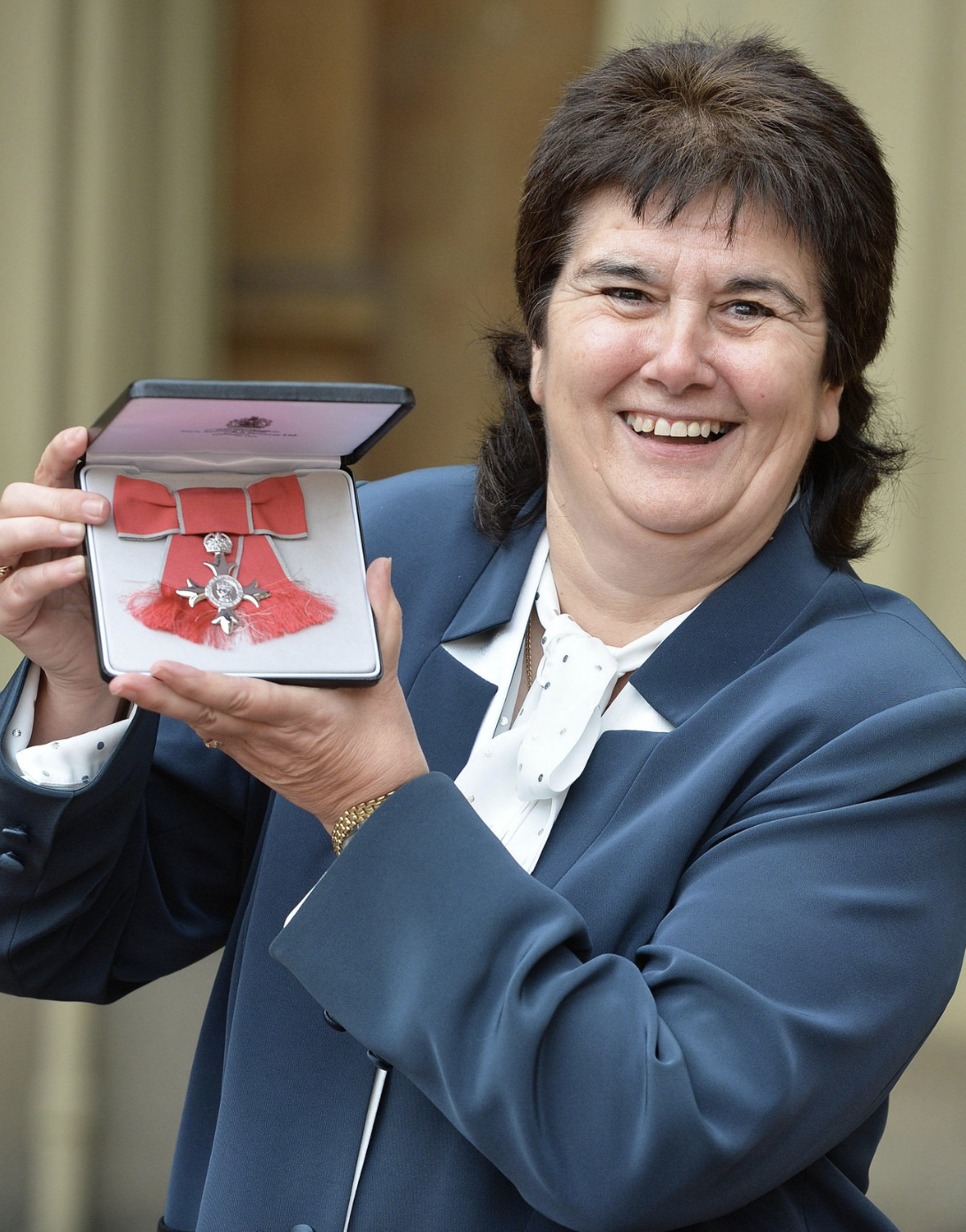In men’s football, Black and African players are everywhere – from Premier League icons to Ballon d’Or winners. But diversity in women’s football is often absent. It can feel like the sport is built for, and around, one type of player: white, blonde, and marketable. And as a Black woman who loves the game, I can’t pretend that doesn’t hurt.
Why Representation on the Pitch Matters
Representation matters – not just for kids growing up dreaming of playing, but for the game itself. Right now, it’s lacking, and it’s not okay.
Seeing players like Lauren James, Khadijah “Bunny” Shaw, and Michelle Agyemang matters more than most people realise.
They’re proof that women’s football can reflect the diversity of the world we live in. However, they’re also a reminder of how far we still have to go.
The Bias That Overshadows Brilliance
Lauren James is one of the most gifted footballers of her generation, yet the way she’s perceived says more about the biases around her than her actual personality.
Fans – and sometimes the media – label her as “arrogant” or “rude” when teammates have repeatedly said she’s shy and reserved.
That shyness, when seen through the wrong lens, gets twisted into a negative stereotype we’ve all seen before: the “angry” or “standoffish” Black woman.
Bunny Shaw is another case. She’s been breaking goal-scoring records for fun, but her recognition still falls short of what a white player with the same statistics would get.
And Michelle Agyemang? She played a huge part in England’s Euro 2025 success, yet was noticeably missing from the Royal Family’s congratulations post.
She deserved the same praise Chloe Kelly, for example, is receiving – but once again, the visibility wasn’t there.
When Racism Pushes Players Away
It’s also telling that both James and Shaw have had to step away from the game at times following racial abuse online.
These are elite athletes at the top of their profession, yet the hate they receive is enough to make them step back from doing what they love.
And that’s not just about them as individuals. It says a lot about the kind of culture women’s football still has.
If the sport can’t protect its biggest Black stars, how can it expect young Black girls to feel welcome in it?
The Role of Clubs in the Diversity Gap
Clubs aren’t blameless in this.
Arsenal’s senior women’s team, for example, has long lacked visible diversity, a trend mirrored across much of the Women’s Super League.
Recruitment and academy pipelines are clearly not bringing through enough players from diverse backgrounds, and that’s a systemic issue.
Diversity Is More Than a Box To Tick
The thing is, diversity isn’t just about ticking boxes. It strengthens teams, makes the game richer, and ensures every fan sees someone who looks like them out on the pitch.
Right now, women’s football is growing faster than ever, but if that growth leaves people of colour behind, what’s the point?
Clubs need to do better. The FA needs to do better. And the media needs to recognise their role in shaping perceptions and narratives.
Because until women’s football becomes a space where players like James, Shaw, Agyemang, and countless others get the same respect, visibility, and opportunities as their white counterparts, it’s not truly the inclusive game it claims to be.



